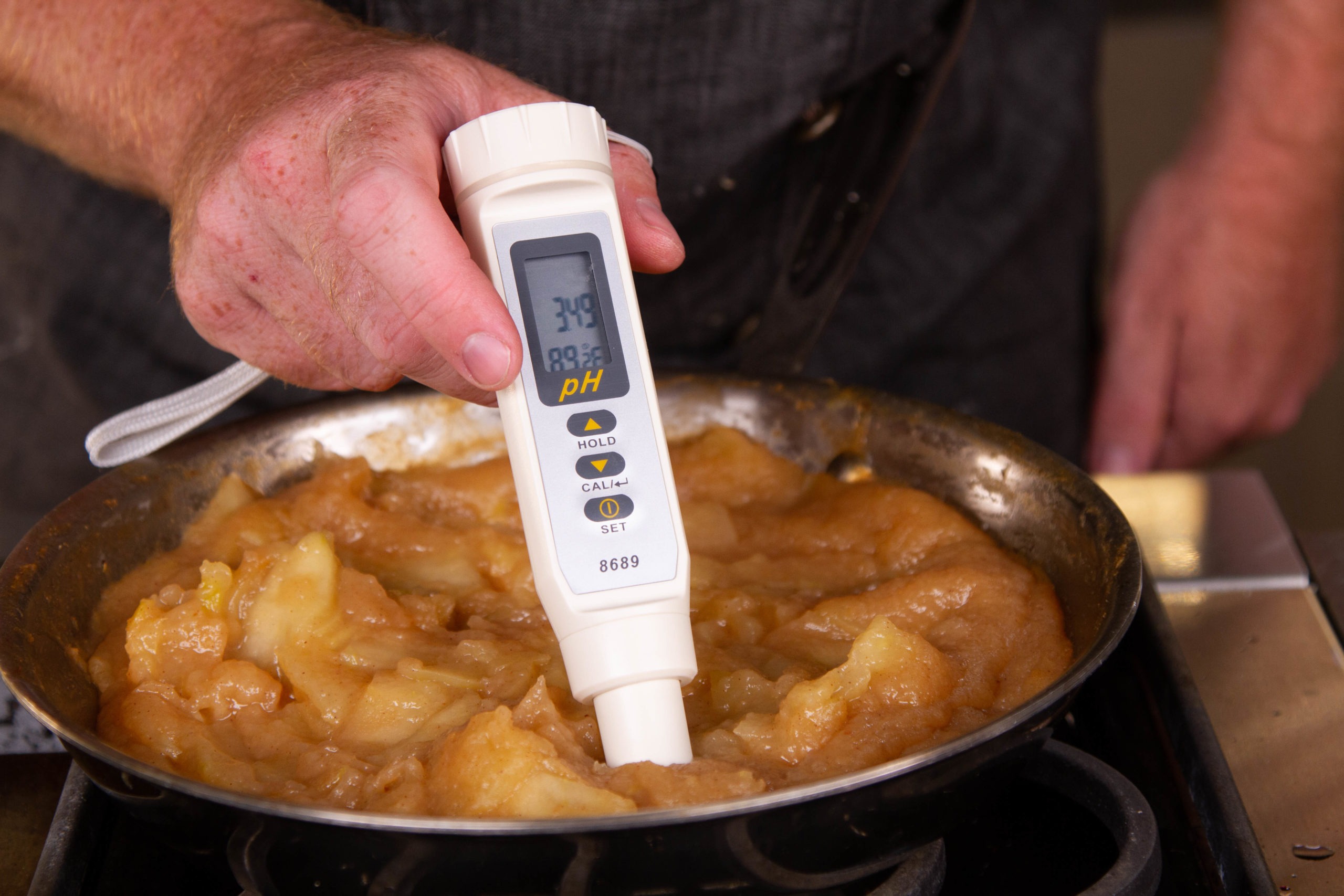pH at Home: The Pursuit of Perfection
If you’re reading this blog post, there’s a good chance you care. You care about getting the best result, about knowing what’s happening, not just following rote instructions. If that sounds like you, there’s an equally good chance that you’ve thought about a few places where pH might matter in your life. While not as pervasive or commonly measured as temperature, pH can make or break a dish. But pH goes beyond the kitchen, with applications in gardening, aquariums, and more, you can certainly find a place where pH matters.
We’ve written this post to help you understand places where pH matters at home. If you don’t have a pH meter, this might even convince you that you should buy one!
Contents:
What is pH?
pH is an abbreviation meaning “potential for Hydrogen” or “power of Hydrogen.” It is a measure of the concentration of free hydrogen ions in a solution, which is a measure of its acidity. The scale ranges from 0 to 14, with the most acidic solutions rating 0 and the most alkaline (basic) solutions rating 14. This can be confusing sometimes: a more highly acidic solution has a lower pH. So when we talk about making something less acidic, we talk about raising the pH.
pH in the kitchen
pH affects the flavor of foods but can also affect other aspects of cooking. Browning, for instance, happens more easily at higher pH levels. Pretzels get their deep chestnut-brown color from the highly-alkaline water in which they are boiled. And if you want to caramelize your onions (or other veggies) more quickly, give them a little pinch of baking soda while you sauté them.
Below are some places where you can apply pH in the kitchen, some with more importance than others.
Mozzarella and other cheesemaking
If you’re making mozzarella (or any other cheese) at home, getting the pH right can make a huge difference in the yield and texture of your final product. Most cheese processes fall in the range of pH 4.6–6.7. Blue cheese tends to have a pH of about 6.5, gouda comes in at 5.6, and feta—with its characteristic tan—comes in at the bottom with 4.5 (See Fundamentals of Cheese Science, by P. F. Fox, et al. pg 156.) Mozzarella needs a pH of about 5.2 for optimal stretch.
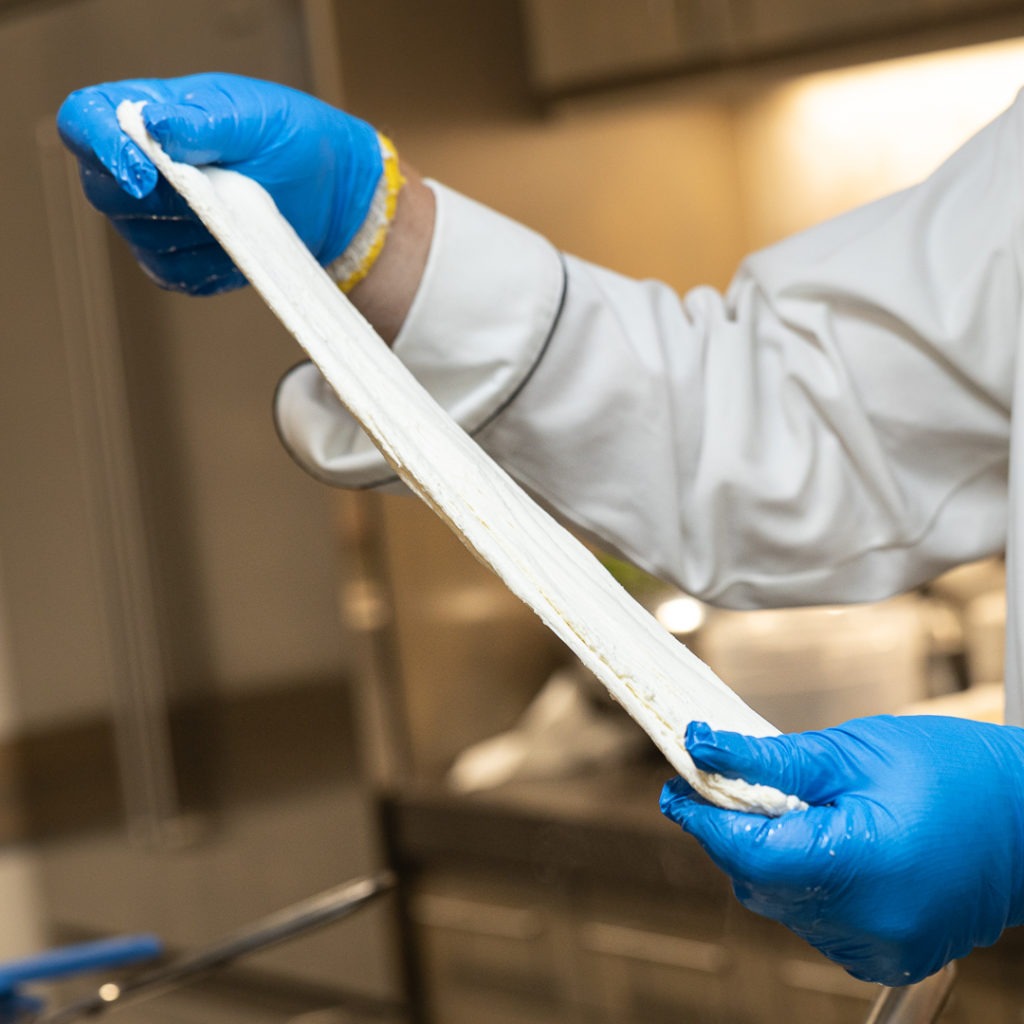
Yes, pH affects how cheeses melt and pull! Very low pH (high acid) cheeses do not melt well, and therefore are not great if you want that classic cheese-string-pull on a slice of pizza or a grilled cheese sandwich.
Using a pH meter to check your cheese’s pH during the production process can help you make sure that this wheel is as good as the last one was, and that the next one will be just as good again.
Sourdough bread making
When we talk about sourdough bread, pH is super important. If you want a sourdough that has a real “bite” to it, you need a lower pH. If you just want a regular bread with a hint of acidity, a higher pH will do. Sourdough has no one “right” pH, per se.
It does, however, seem to have a range. The pH of many sourdough starters seems to come in at about 3.5, about as acidic as many pickles. The acid, of course, comes primarily from the lactic acid bacteria that inhabit the starter and produce acid as a byproduct of their metabolism.
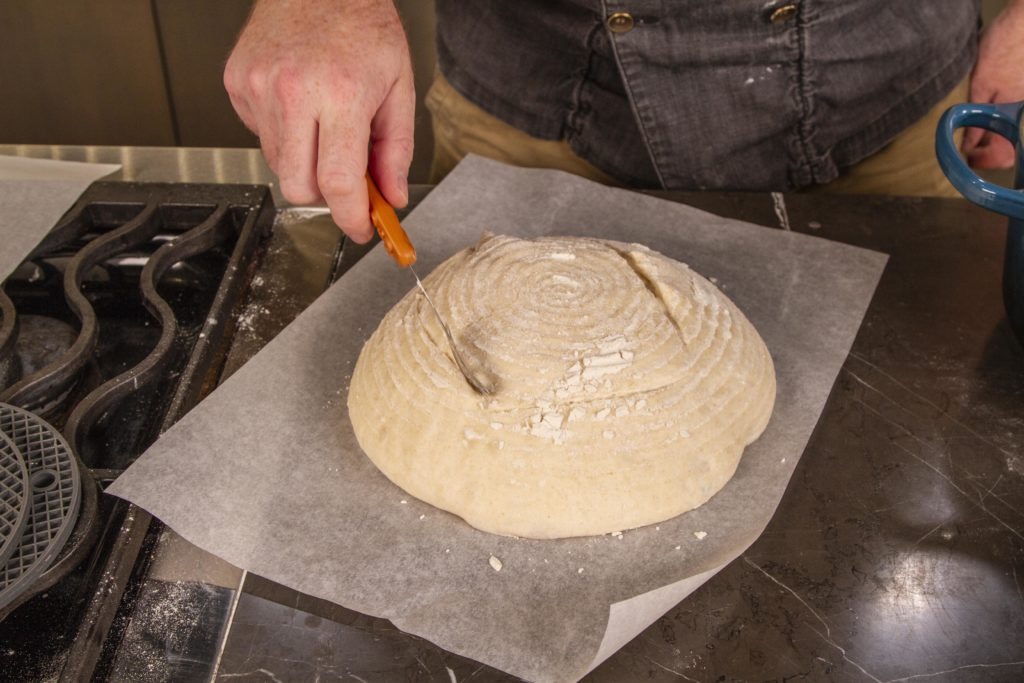
The pH of the starter is only a starting point, however. Flour has a pH much closer to neutral, so when you add your starter to your ingredients, the pH is no longer 3.5. The fermentation process will determine the acidity of the final dough (and therefore the loaf). Warmer fermentation temperatures are more favorable to the lactic acid bacteria, while cooler temps favor the yeast. Yeast maxes-out its productivity at about 83°F (28°C), while the bacteria peak at about 91°F (33°C). (See The Rye Baker, by S. Ginsberg, pg. 33.)
You can use a pH meter to get you to the right pH so that your bread has just the right bite. Adjust your fermentation temperatures and check the dough pH to get the exact flavor profile you want for your loaf.
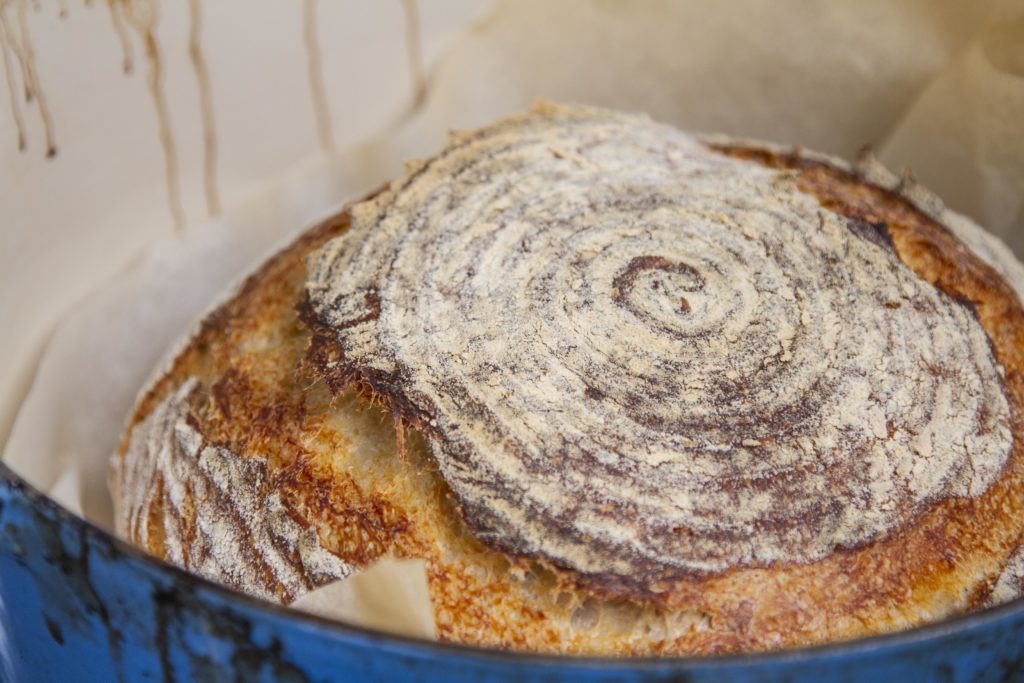
Sauerkraut acidity
For me, the feeling of satisfaction that I get from making my own sauerkraut is immense. Cabbage, salt, time, temperature…it’s (almost literal) alchemy. You go from a sweet, fresh cabbage to a sour pickle with pH of ~3.5.
If you root cellar your kraut, you can leave it down there all winter and it will get stronger and stronger. But what if you don’t want it to get stronger? What if you have an ideal sourness for your kraut? Checking the pH from time to time can help you know when it is ready to eat, but also when it might be time to can it to stop the fermentation from going further. If you want milder kraut, you can bottle it when you get to pH 3.8. If you like it quite sour, let it go longer, see if you can get it down to 3.3! Bottling will kill the lactic acid bacteria and therefore halt the change in pH, so monitoring the actual acidity, not just using a “10-day ferment” can give you the exact acidity you want.
This goes, of course, for other pickles, too. If you are Lacto-fermenting any vegetable, you can use the same principle to achieve the perfect pucker.
pH requirements for water bath canning
Of course, the idea of bottling sauerkraut brings us to an important point. With all canning, it is important to guard against contamination with organisms that can cause botulism. There are two routes to botulism safety: temperature and acidity. You can either cook your food to a high enough temperature to kill botulism spores or you can have a low enough pH to kill them. Botulinum spores cannot live in an acidic environment at or below pH 4.6. If you can’t get your pH to that point, you have to use a pressure canner to get to the high temperatures needed to kill the spores.
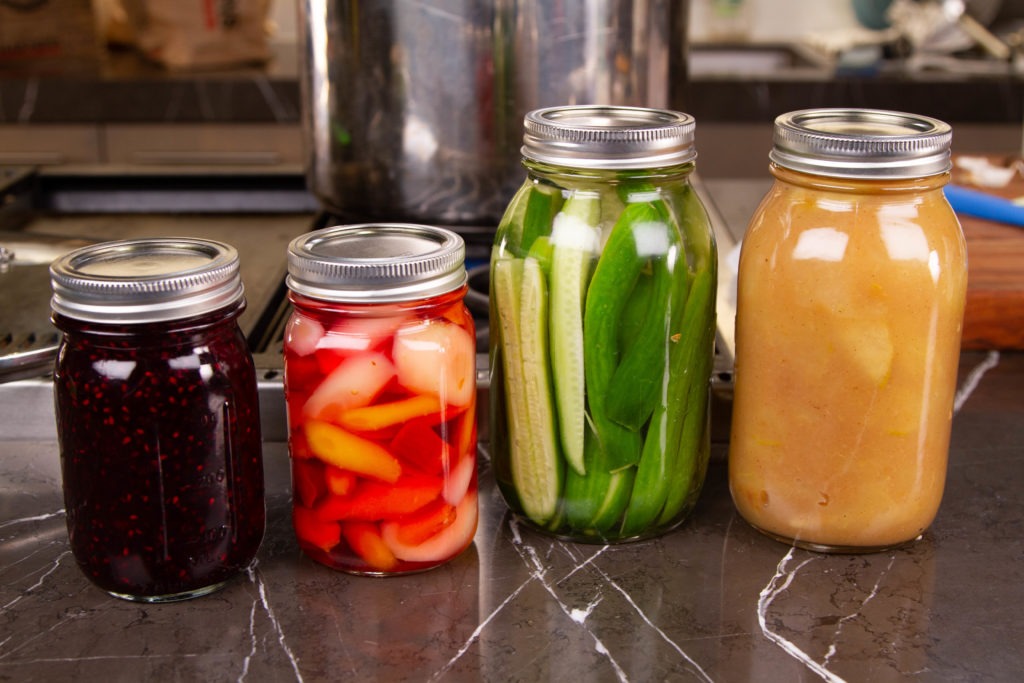
For fruits and some vegetables, achieving the correct pH for water bath canning isn’t usually a problem—they have natural pHs that are well below the safety cutoff. However, some vegetables are problematic. Many breeds of tomato, for instance, come in dangerously close to the line. The addition of lemon juice, lime juice, or citric acid can help bring the pH down to where it needs to be for safety.
home brewing
People have written whole papers on the effects (and causes) of pH in brewing. Charles Bamforth, of the University of California, Davis, for instance, has an excellent, if not highly technical, peer-reviewed paper on the subject (MBAA Technical Quarterly, Vol. 38, No. 1). There, he observes that wort filtration runs best at pH 5.5–5.75. Checking the pH before filtration can let you know what to expect during the filtration process.
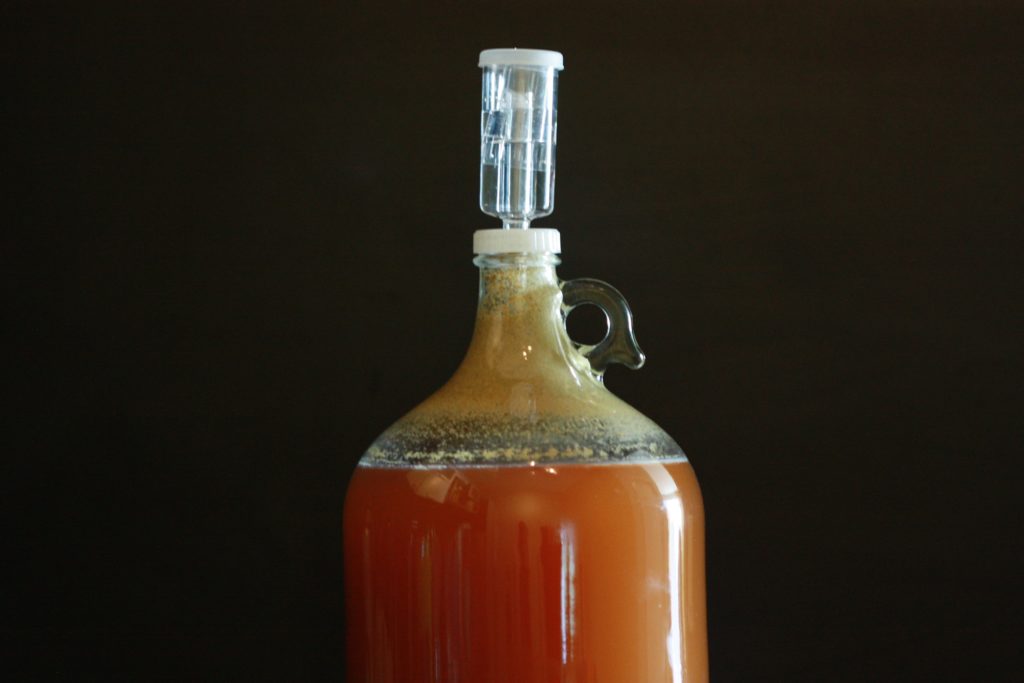
But filtration is by no means the only place where pH matters. It matters in almost every aspect of brewing. Bamforth explains that
As beer pH decreases over the typical range from 4.5 to 3.9 there is
– increased resistance to microbial spoilage
– increased colloidal stability (for reasons not fully understood)
– increased foam stability (for reasons not fully understood,)
– decreased flavor stability
– (possibly) decreased palate smoothness and drinkability
But even that isn’t all! pH can have an effect at almost every stage. So while creating the perfect brew is a matter of taste, pH is going to play a role no matter what.
Drinking water pH
Water has a pH, and it matters! Pure distilled water at room temperature has a pH of 7, perfectly neutral. But your tap water may have a different pH. Water with a higher pH tastes a little sweeter and can seem more refreshing, while more acidic waters can taste harsher.
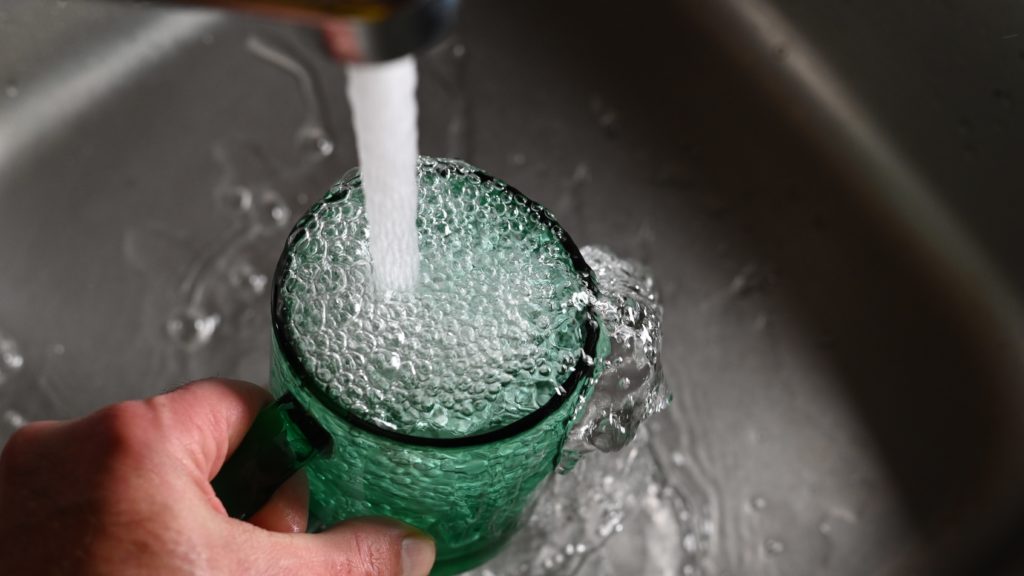
Whether you drink your city water or have a favorite brand of bottled water, you can find its pH with a pH meter. Maybe you like a ph of 6.2, maybe you like it at 8.5.
(Note: I once had a dentist with a chart of commercially available bottled waters and their pH levels: they were concerned that people were eroding their teeth with their drinking water. I’ll leave you all to look that up yourself. But I will say that you may be surprised at how acidic some bottled waters are.)
Whatever you prefer, though, knowing the pH can help with your other projects. After all, water is an ingredient, though we often overlook it. Baking sourdough with alkaline water will mean a longer ferment for the same acidity. Brewing beer with more acidic water will affect the outcome. Know your water’s pH to help you perfect your other cooks.
pH in the aquarium
There seems to be a feeling in some parts of the aquarium community (freshwater especially) that pH doesn’t really matter that much…unless your fish are mysteriously dying. Well, that sounds like it matters a whole lot!
To be fair, we can understand why there isn’t much emphasis on pH except in cases of distress, after all, most fish like their pH in roughly the same range that we like our water, so tap water is often in the right range. But as aquaria tend to become more acidic over time, it can be best to have a pH meter on hand to keep an eye on things. (Over time, you can even save money with a pH meter instead of buying test strips over and over again.)
pH for saltwater aquarium
Saltwater aquariums are quite finicky and need things to be just right. As a guiding rule, saltwater aquariums should be kept with a pH ranging from 7.6–8.4. This slightly-basic solution mimics the ocean water in much of the world, and is ideal for many species. However! There are, as in all things, exceptions. Be aware of all the species in your tank and adjust the pH accordingly. Corral is particularly sensitive to pH and may have very strict requirements, as can some other species. Be aware, and check, the water regularly.

pH for freshwater aquarium
Freshwater aquariums may be slightly more forgiving, but they are not immune to pH woes. The best pH for your freshwater tank is probably between 6.5 and 7.5—slightly acidic to barely basic. (African cichlids like their water closer to 8.5.) If the acidity drops below 6.0, beneficial bacteria die off and you’ll get an ammonia spike. Regular checkups with a pH meter will help keep your finned friends happy and healthy.
pH in the garden
I used to think that if you wanted to grow a plant, you just had to put its seed in the ground and make sure it got enough water. Don’t worry, I know better now. pH is one of many factors that can affect your garden, whether you grow flowers, veggies, or an orchard of fruit trees.
Soil pH—know it so you can grow it
If you garden, you need to have your soil tested. Your local agricultural extension office is an amazing resource for knowing how to amend your soil for optimal growth, and pH is among the things they test. If you had a pH meter, you could test that part on your own. Professional guidance might still be necessary for amending the soil to change the pH, but even just knowing what the pH is can help you choose your plants and fertilizers to get the most out of your efforts.
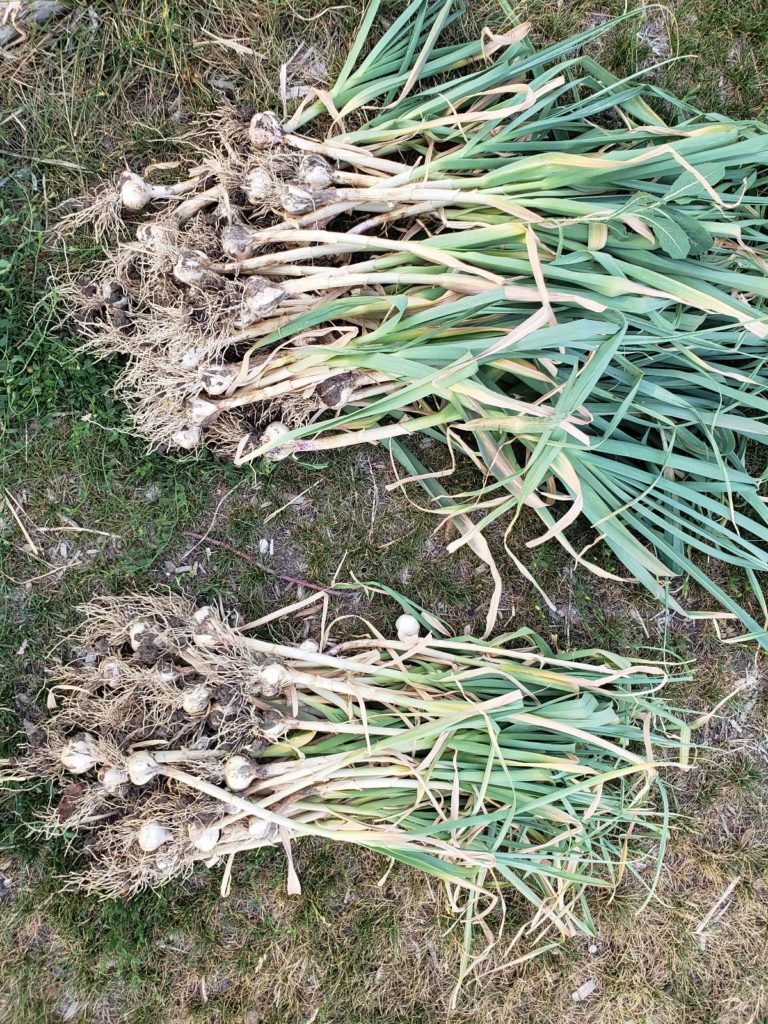
Two plants come to mind when I think of soil pH. Hydrangeas and blueberries have very particular pH requirements. Let’s take a look.
Hydrangeas
Hydrangeas are beautiful plants with stunning flowers. They can be vivid pink—almost magenta—lush violet-blue, or anything in between. But whether pink or blue, the color depends on the absorption of aluminum by the plant. And that absorption is regulated by the pH of the soil. If there is aluminum available to the plant, the flowers will be blue, if it is not, they will be pink.
Acidic soil makes the aluminum available to the plants’ roots, so a soil pH at or below 5.5 will result in blue flowers. (That is assuming there is aluminum in the soil that can be made available to the plant, to begin with.) Neutral soils (pH 7 and up) make any aluminum in the soil unavailable and will result in pink blooms.

Again, your local Ag Extension to find out how you can get eh hydrangea color you want, but if you know the pH in your yard before you call, the conversation is going to go much better.
Blueberries
Blueberries will not survive or bear fruit in soil that is more alkaline than 5.5. They are acid-loving plants. If your soil is more basic than that, say 6.5, you can amend it with sulfur to decrease the pH—to a point. Where I live we have very alkaline soil, and so much so that amending down to 5.5 is not really an option. And even if we do get the pH down that far, our water is basic and will slowly raise the pH over time. Before you go and buy a truckload of blueberry bushes, check your soil pH to see if it’s even possible to grow them where you live.
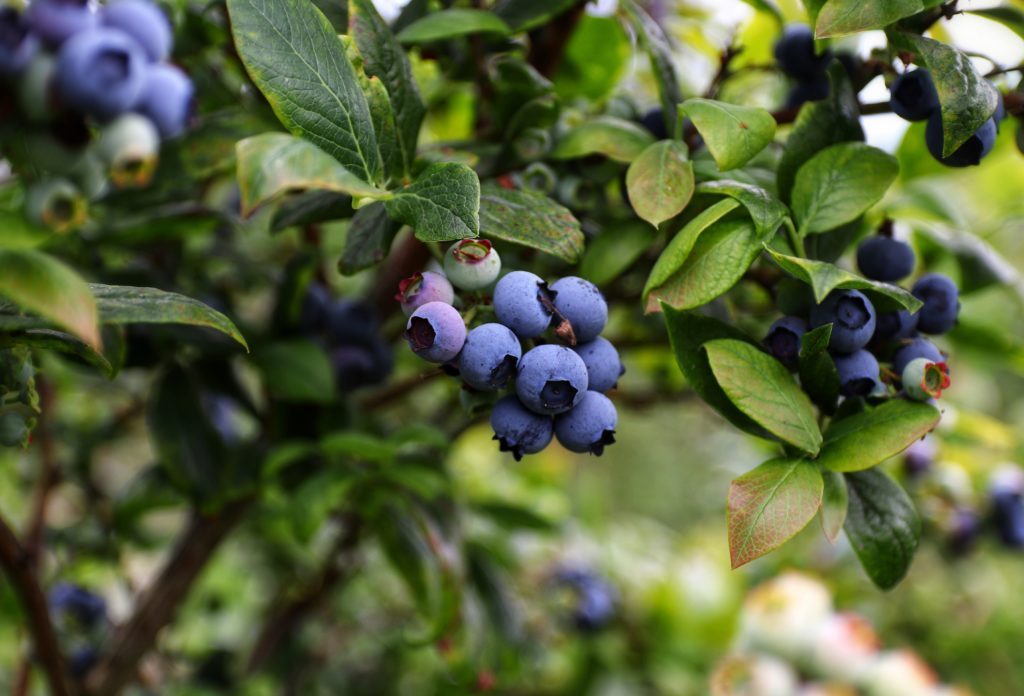
I hope you’ve found this guide helpful. If you have, feel free to pass the knowledge on to your friends and families. And if it has convinced you that you might need a pH meter, well I happen to know where you can get one.
Until next time, happy cooking and so much more.


